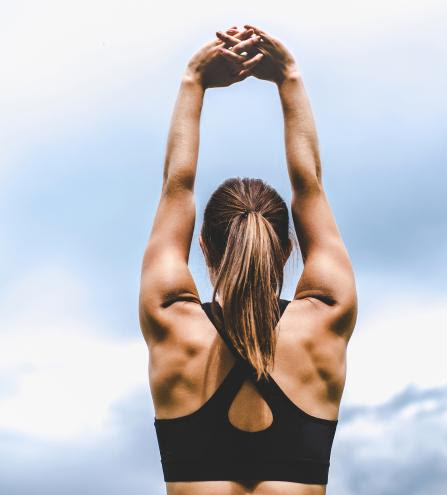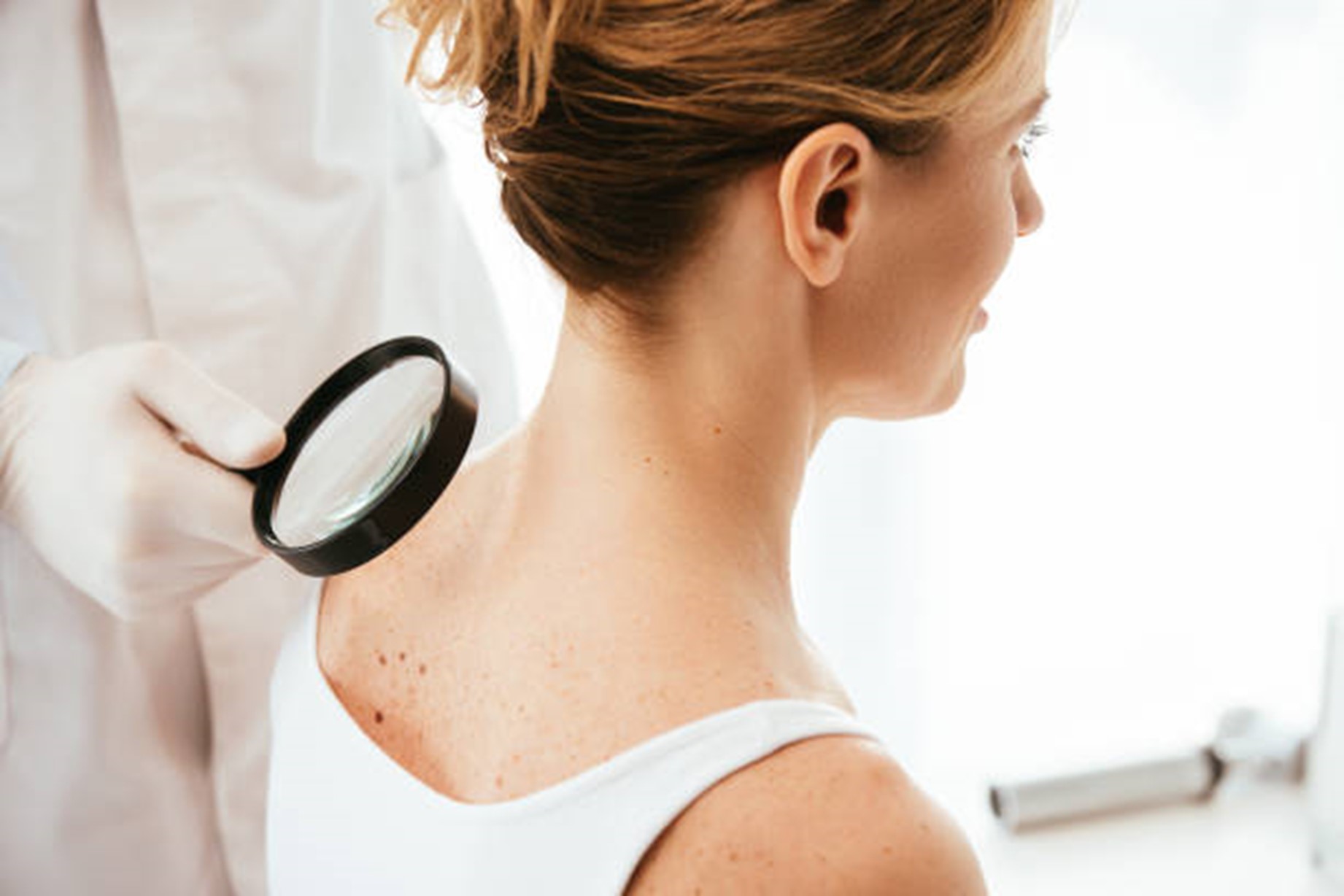Stretch exercises form the foundation of physical therapy to manage chronic and acute muscono-framework injuries. Stretching helps in the appropriate network and ligament estimates to ensure proper healing and optimal recovery. In addition, most stretch therapists also suggest stretching exercises to prevent injury to individuals who are physically active as part of heating exercises.
There are 7 general stretch exercises that are useful for optimal food skeleton networks and ligaments, whether you recover from active network injury or you want to increase your ligament strength and stability.
Static stretching exercises aim to attract your muscles (and other connective tissue components) to the farthest point in the room to encourage a stretch sensation. It does not require a bounce, walk or other activity. Stretching exercises can be done in an upright position for the health and welfare of the muscle components (tendon joints and the Golgi Agency) and ligaments. Recently inversion therapy also became very popular (which deals with network stretches in reverse position). Inversion therapy promotes joint health (especially intervertebral connections) by reducing changes in pressure caused by gravity.
The research study was conducted by William D Bandy published in the famous scientific journal of physical therapy showing that the stretch of hamstring muscle only for a period of 30 seconds once a day is very helpful in increasing chronic knee pain and increasing other movement ranges without requiring other interventions or therapy. Bandy also suggested that regular stretches increase network flexibility and prevent future injuries.
Passive stretch as shown by the name refers to muscle stretch and ligaments with the help of an assistant. It is used in cases when the muscles are too weak or very rigid to allow active stretches. Assistants who help in passive network stretches can be a registered physical therapist or friend or family member (after taking a guide from a physical therapist) that can supply the pull or tension needed towards limb activities.
Michael D. Bang conducted research on 52 subjects (both men and women) to ensure the effect of passive stretching exercises in the case of shoulder planting syndrome. The research population was divided as a treatment group that received stretching and flexibility exercises supplied from the registered physical therapist, while the control group did the same exercise itself. At the end of the study, it was concluded that although both groups experienced an increase in pain symptoms and range of motion, the treatment group experienced much better results, showing passive exercises carried out under promising physical therapy supervision.
Dynamic stretch offers the active movement of upper limbs in full swing movements to access the range of motion and the level of flexibility. In addition, with a dynamic swinging movement of upper limbs (fully controlled) inertia, upper limbs help reduce stiffness and promote various activities.
Ballistic stretches are related to excessive extremity stretching to promote activities outside the normal motion range. This promotes active record activity in all joints which also trigger wavy joints.
But it is important to know that a ballistic stretch is not for all individuals, especially those who are in the stages of healing network recovery. This is because the risk of injury is quite high with this form of stretch due to increasing the amount of stress and tension in small muscle fibers and ligaments. It is recommended primarily for professional athletes and sports players to increase sports resistance, physical strength and stamina.
Actively isolated stretches, such as ballistic stretches are more commonly used by athletes and professionals to improve stability, flexibility and muscle strength, tissue and tendons in certain positions. All stretches are more useful for the stability of the development of small muscle fibers that are usually passed by traditional gym exercises.
The active stretch work principle lies in an active stretching effort that is isolated from the limb or muscle set followed by holding at least 30 seconds or more without using any support by the assistant. A simple example will be a flying kick in the air held in the air for 30 to 45 seconds.
The isometric stretch involves extending or stretching tissues or limbs to resistance. This is done best when you have an assistant or therapist. The length of the muscle fiber remains unchanged but tension and stretching in fibers increases strength and stability. This is equally effective for individuals who are physically active and those who don’t.
The proportional combination of active stretching, passive stability, and isometric muscle activity for maximum network flexibility, and is referred to as the facilitation of propriasx neuromuscular. The use of assistants can significantly help increase the range of motion, strength and stability of muscle fibers.
For best results, it is recommended to speak with a stretch therapist to find out more about the safety protocols and efficacy of 7 basic physical therapy exercises.



